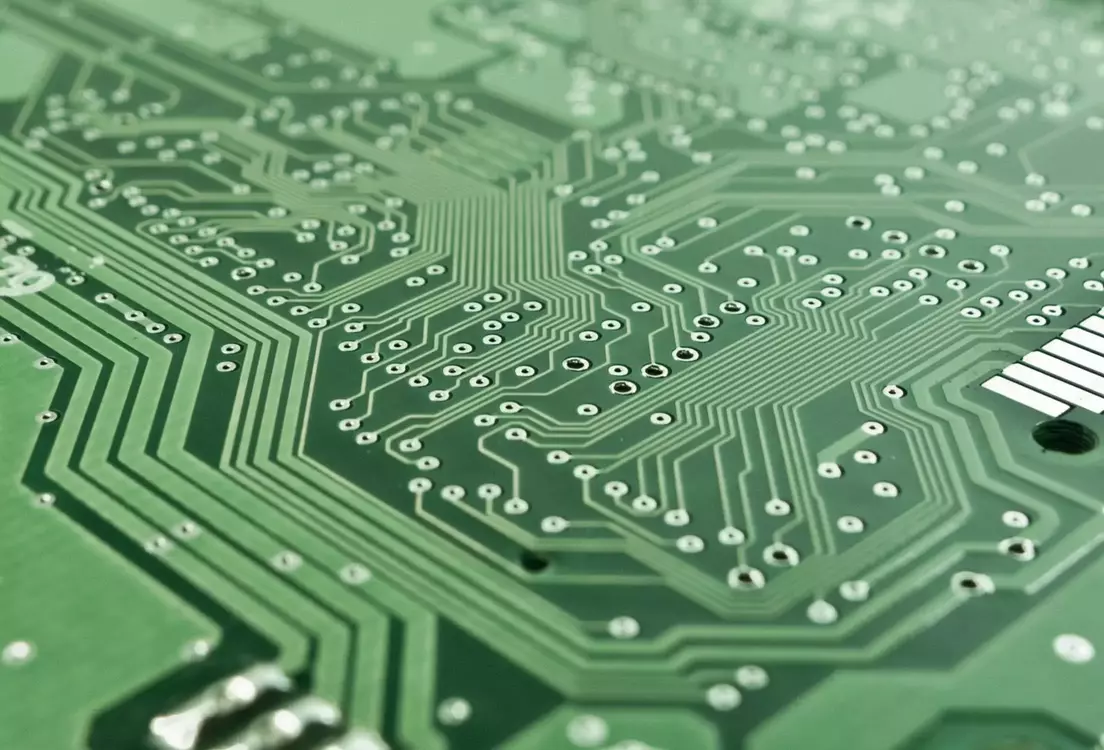There are many processor-related concepts out there that can be confusing for those who haven’t had experience with them before. One of the most commonly asked questions is what the difference is between CPU threads and CPU cores, or what constitutes each one. This article will answer this question and will provide you with all the relevant information you may need to know about threads and cores!
What are CPU threads and what are CPU cores?
Threads are the individual parts of a program. These threads execute in parallel and share data. A core is a physical processor. Cores exist in one physical location within a computer system. A quad-core computer has four physical processors. Each of these processors is a core, so the quad-core computer actually has four cores in its system.
A thread is a single unit of a program that can be executed by the processor. This means that if you have a task to execute ten tasks, you can split this task across ten threads. But if you only have one core in your computer, only one thread can be executed at once. This is because, unlike a computer with multiple cores, all of the threads only have one core. The threads must share this single-core, which prevents the computer from running more than one thread at a time.
This is why multi-threading is important. It allows you to run multiple tasks at once, even if you only have one core. The more threads you can run simultaneously, the better your computer is at multitasking.
The impact of threads and cores on performance
Threads and cores are two types of processing units inside the device. The number of threads and cores determines how many tasks can be executed simultaneously. A larger number of threads or cores means that more tasks can be completed at the same time, but this does not mean that those tasks will complete faster.
The more threads and cores, the better! The more you have, the faster your computer will be. This is because tasks can be split up and processed in parallel. Think of it as a long line of people- when they’re all crammed together it’s really slow, but when they’re spread out they get through much faster.
The more threads that are loaded onto the processor, the greater the performance will be. This is because each thread can process an instruction at a time. If one thread is waiting for input from another thread before it can proceed, then it is stalled. The number of cores a processor contains has a major bearing on performance as well. The presence of two cores means that tasks can be handled simultaneously with no need for input from other threads.
How to determine the number of threads and cores your computer includes
Threads and cores are components of a CPU. The number of threads your computer includes is determined by the number of cores. A computer could have two cores and four threads, for example.
To figure out the number of threads and cores your computer includes, use CPU-Z. CPU-Z is a free program that tells you all about your computer’s hardware. You can download CPU-Z on cpubenchmark.net or download the app for your phone.
Another way of figuring out CPU threads if you are willing to buy a CPU or laptop is to check the manufacturer’s website. Information regarding the hardware of your computer may be on the manufacturer’s website. However, this method is not always accurate.
Why you should buy a newer, more expensive CPU if you want better performance
The term “thread” means a small piece of code that is executed in parallel with other pieces. Threads are used to take advantage of all available CPU cores. In contrast, a core is a single physical processing unit. If you want to get the most out of the CPU use, then you should always purchase a CPU that has more threads.
A Thread is a sequence of instructions that can run at the same time. This allows for faster performance by processing multiple instructions simultaneously rather than one at a time. For example, if you have two cores with the ability to process two threads each then your CPU could be processing four instructions simultaneously.
A CPU (central processing unit) contains two main parts: cores and threads. A core is like a brain—it’s designed to make decisions and execute commands, whereas a thread is like an arm—it carries out the execution of commands.
So, if you’re mostly doing simple tasks like web browsing or word processing, then there’s no need to pay for a higher-end CPU that has more cores and threads. However, if you’re playing 3D games or editing videos, then there are benefits to having more cores and threads, which will speed up the process.
How many CPU threads are ideal for me?
Finding the perfect number of CPU threads to fit your needs can be difficult. One option is to think about how many gigahertz (GHz) your CPU can run at, and then match that up with the number of cores or hyper-threading support. You should also look at how much RAM you have, what type of games you play, and whether you are using virtualization software.
As you have understood, each CPU core carries two threads. Therefore, choosing on CPU threads count has a dependency on choosing the right amount of CPU cores. To understand more about CPU cores read Everything You Need to Know About CPU Cores.
When you use a CPU, it has multiple cores and each core can work on one task at a time. A CPU thread is only one of the cores working on one task. (However, there are times when a whole CPU can work on one task.) So if your computer has two quad-core CPUs then it would have eight threads available to do the work. More threads mean more power and that’s why you’ll want to make sure you’re not overloading your CPU with too many tasks (which is what happens when you put too many tasks in the queue).
Overall, this is a difficult question to answer, as it depends on many factors. The number of processors you have will not affect the performance. However, it does mean that you can run more applications at once.
Final thoughts
CPU threads are similar to cores in that they both handle tasks within a CPU. What’s the difference, Cores handle tasks simultaneously and use all of the resources of a CPU to complete them. Threads, on the other hand, do not share resources and can only process one task at a time. For the purposes of performance, cores are better than threads, and the more cores, the better.









